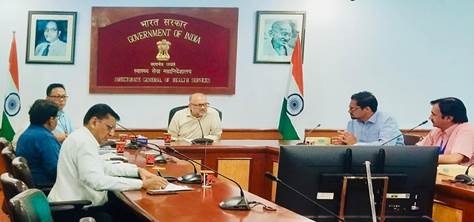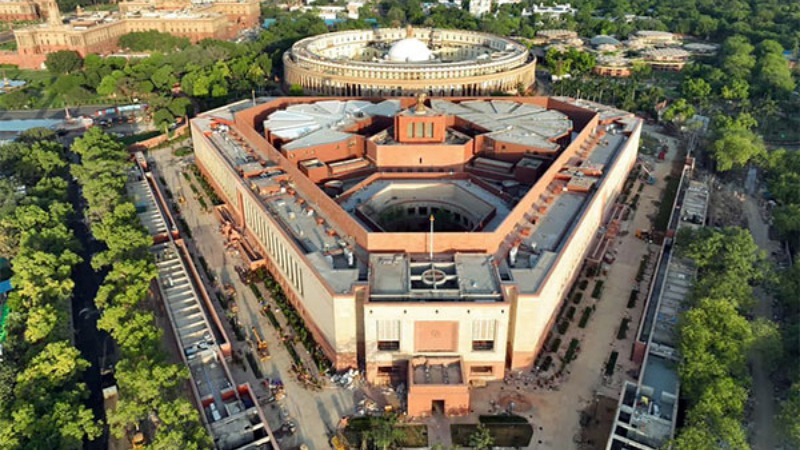
Follow WOWNEWS 24x7 on:

In a surprising diplomatic twist, India may be reconsidering its stance on the Regional Comprehensive Economic Partnership (RCEP), the world’s largest trading bloc, following strategic nudges from the United States. While India had walked away from RCEP negotiations in 2019 citing concerns over domestic industry and trade imbalances, recent geopolitical and economic shifts have reignited discussions about rejoining the pact.
The renewed interest comes amid escalating tariff tensions with the US and a broader push to diversify trade partnerships. If India reenters the bloc, it could reshape Asia-Pacific trade dynamics and recalibrate India’s global economic strategy.
Key signals pointing to a possible return
- India exited RCEP in 2019, citing risks to agriculture, dairy, and manufacturing sectors
- The US has recently imposed a 50 percent tariff on Indian goods, citing India’s continued oil and defence trade with Russia
- Washington is now encouraging India to reengage with RCEP as a counterbalance to China’s dominance in the bloc
- India’s exports to the US rose 21.64 percent between April and July 2025, while imports grew 12.33 percent
- The sixth round of US-India trade talks, originally scheduled for August 25, has been postponed amid rising tensions
Why the US is pushing India toward RCEP
The US, while not a member of RCEP, views India’s participation as a strategic move to dilute China’s influence in the bloc. With China playing a dominant role in RCEP’s trade flows and rule-setting, Washington sees India’s reentry as a way to rebalance power and promote democratic market principles in the region.
India’s growing trade surplus with the US—now at USD 41.18 billion—has triggered tariff retaliation from Washington. By encouraging India to expand its trade footprint in Asia, the US hopes to ease bilateral tensions and reduce dependency on its own market.
Domestic concerns still loom large
Despite external pressure, India remains cautious. The original decision to exit RCEP was driven by fears that cheap imports, especially from China, would flood Indian markets and hurt local producers. Sensitive sectors like agriculture and dairy remain vulnerable, and policymakers are wary of compromising livelihoods.
India has consistently resisted demands for greater market access in these areas, even during bilateral trade talks with the US. Officials have reiterated that any reentry into RCEP must come with safeguards for small and marginal farmers, as well as tariff protections for key manufacturing segments.
Strategic benefits of rejoining the bloc
If India does rejoin RCEP, the potential benefits could be significant:
- Access to a combined market of over 2.2 billion people across 15 countries
- Enhanced trade ties with ASEAN, Japan, South Korea, and Australia
- Greater leverage in setting regional trade norms and digital standards
- Diversification of export destinations, reducing overreliance on the US and EU
- Opportunities for Indian firms to integrate into global supply chains more efficiently
India’s recent trade performance adds momentum
India’s trade data for FY25 shows strong export growth, especially to the US, UAE, and Southeast Asia. With total bilateral trade with the US reaching USD 191 billion and China remaining the second-largest partner at USD 127.7 billion, India is well-positioned to negotiate from a place of strength.
Officials are reportedly exploring phased reentry options, including observer status or sector-specific participation. These models could allow India to test the waters without fully committing to all RCEP provisions.
What to expect in the coming months
While no formal announcement has been made, diplomatic sources suggest that India may signal its intent to reengage with RCEP during the G20 trade ministers’ meeting in September. The move would align with India’s broader goal of doubling its global trade to USD 2 trillion by 2030.
Any decision will likely be preceded by domestic consultations with industry bodies, farmer unions, and trade experts. The government is expected to seek a balance between strategic ambition and economic prudence.
Sources: The Hindu, CNBC TV18, India TV News, AffairsCloud, Economic Times, Business Standard.





